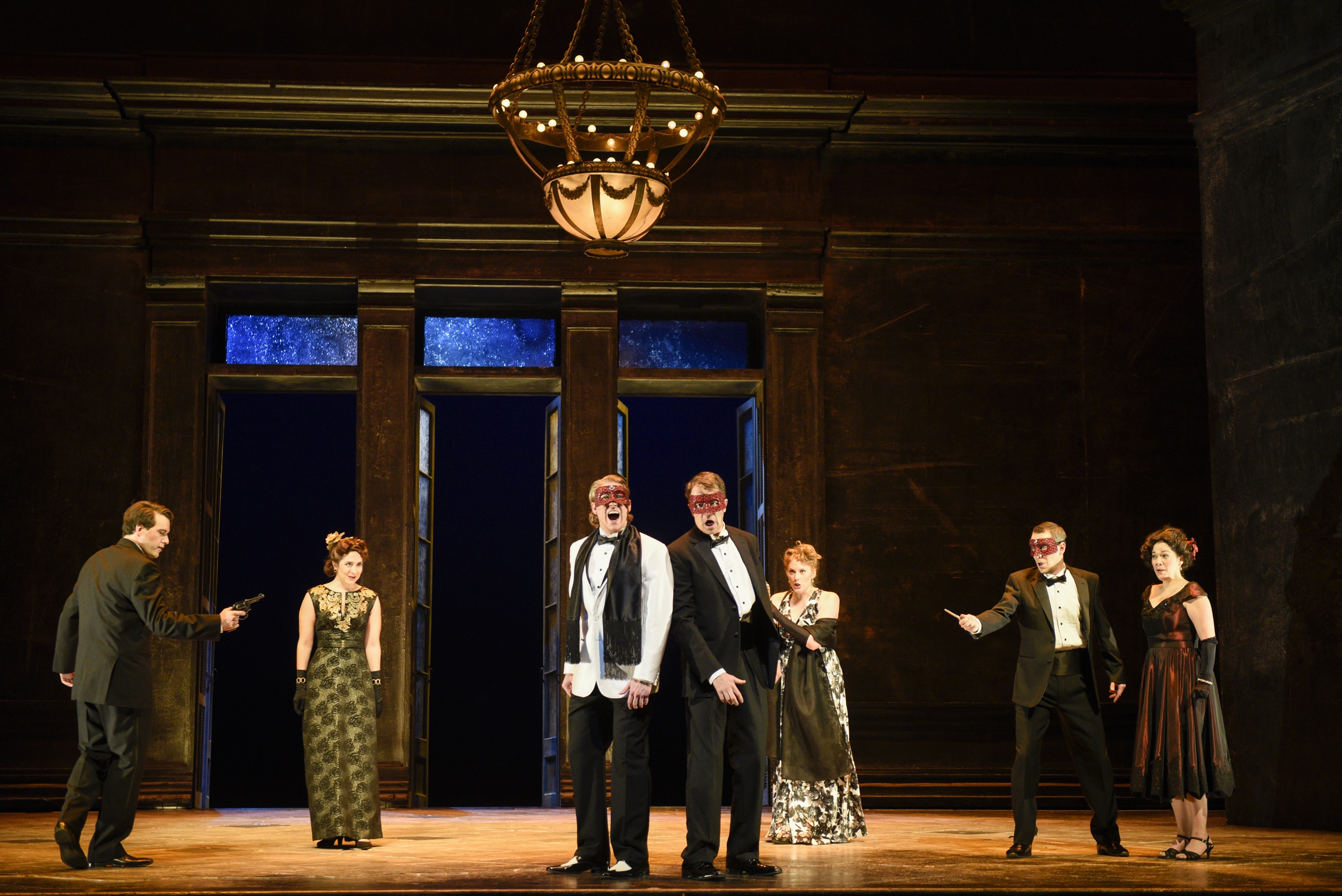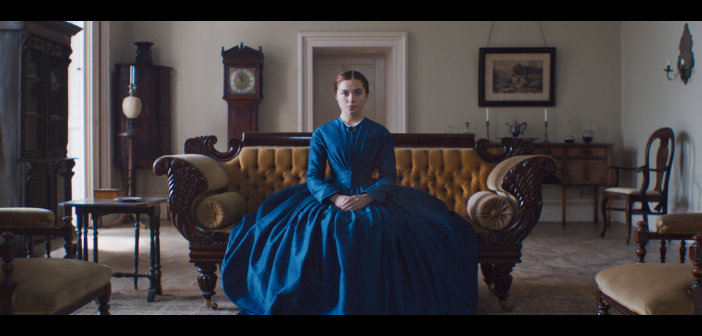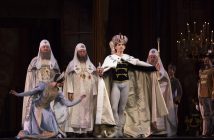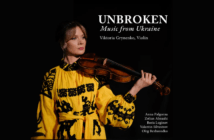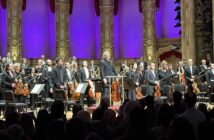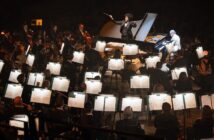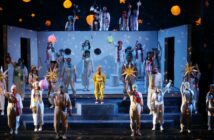Why do women respond to rascals, seducers, and merely self-assured men?
Don Giovanni cannot match the sexual prodigality of Gene Simmons of hard rock band KISS. The Don’s conquests in the salons, kitchens, and petticoats of 18th century Europe comprise a mere 640 women and girls in Italy, 231 in Germany, 100 in France, 91 in Turkey, and 1,003 in Spain. Gene Simmons’s worldwide conquests exceed either 4,600 or 4,800 eager groupies, depending on whether you ask him or his wife.
Rake. Libertine. Trickster. Don Giovanni embodies the notorious womanizer, seducer, and serial rapist at concert pitch. His quicksilver sociopathy has excited, entertained, and provoked artists and audiences for more than two centuries. Mozart’s librettist Lorenzo da Ponte may have had some extra insight into the lead character as he was friends with Casanova in Venice. Da Ponte himself was a priest banished from Venice for womanizing and subversive politics.
Just 21 months before the flashpoint of the French Revolution—the Storming of the Bastille 14 July 1789—the connoisseurs, musicians, and operagoers of anti-authoritarian Prague received the first performance of Mozart’s Don Giovanni with joy, jubilation, and rapture. The composer conducted in person. One can only imagine the emotion he felt on the stage. His audience understood, or at least appreciated, his creation. His fashioning of the myth of Don Juan was, among many other things, an embodiment of an aristocratic, floating world that would shortly evaporate. Europe would soon bid adieu to alp-high powdered wigs, thigh-hugging silk stockings, and gentlemen in three-inch heels.
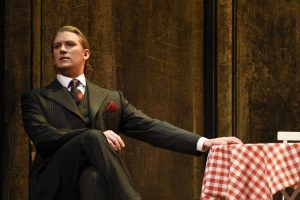
Gordon Bintner as Don Giovanni dazzles in bravura performances and a Savile Row suit. Photo: Yves Renaud.
Violence, Sensuality, and Voluptuousness
From overture to finale, Mozart paints character, incident, and fate with clarity, symmetry, balance, and transparency. But nascent chromaticism judiciously disrupts the classical virtues with violence, sensuality, and voluptuousness. In The Classical Style, Charles Rosen wrote that “In all of Mozart’s supreme expressions of suffering and terror, there is something shockingly voluptuous.”
To procure a clearer sense of the many things Don Giovanni is about, one must remember that in the 18th century, a woman’s virtue was the most important thing about her. As in the less-civilized parts of the world today, she was her father’s or her husband’s property, and to insult her was to insult them, and suffer the consequences.
Don Giovanni’s first words are: “You don’t know who I am.” We soon learn that the Don is unknown, even to himself: he simply orbits like a fugitive planet in a gynocentric parallel universe. He first rapes Donna Anna, and then kills her intercessant father, the Commendatore (roughly, head of civil authority in town). He then disdains the sincere emotion of his three-day aristocratic castoff, Donna Elvira. And finally he plucks the luscious peasant fruit that is Zerlina as casually as he would a ripe cherry.
“The Romantics would see the Don as the epitome of anti-bourgeois male vigour.”
The other men in the opera are either cowardly, superstitious opportunists (Don Juan’s manservant Leporello); weak, insipid banalists (Donna Anna’s lymphatic paramour Don Ottavio); or simple, amusing bumpkins (Zerlina’s fiancé Masetto). Only the Commendatore retains a dignified authority. He represents morality and the sternness of fate, in opposition to the levity, irreligion, and noblesse désoblige of Don Giovanni. But with so much of modern taste going all puritanical and snowflakey again, it may be hard for some to grasp the contemporary (and later) moral and political significance of Don Giovanni. Da Ponte and Mozart stood on the side of the new Enlightenment ideals of reason and the individual and against rank, convention, superstition, and the church. Later, the Romantics would see the Don as the epitome of anti-bourgeois male vigour.
The Don’s appetites and joy of life merrify we non-snowflakes as champagne would at a raucous Jersey Shore wedding. He is, of course, a cad, and he deserves his comeuppance. However, there are moments in the opera when we can feel a touch of sadness and even loneliness in the Don. There is a foretaste of Albert Camus’s metaphysical rebel in him. He protests against the condition and limitations in which he finds himself as a man. His thoughts and actions declare that he is frustrated by the universe. He cannot accept that civilized life is bought with voluntary chains.

Daniel Okulitch as Leporello (left) plots, schemes, and seduces alongside his master. Photo: Yves Renaud.
Squeals, Gasps, and Whispers
At Saturday night’s performance of Don Giovanni at Montreal’s Place des Arts, Opéra de Montréal exalted, damned, and coutured a 20th century Don Giovanni with éclat. You could feel the bubbles of delight and danger dance about Salle Wilfrid-Pelletier, popped by squeals, gasps, whispers, and frequent laughter.
Twenty-eight-year-old Canadian Jordan de Souza conducted Montreal’s Orchestre Métropolitain with an assured feeling for the elegant voluptuousness of Mozart’s score. Komische Oper Berlin recently appointed him Kapellmeister, in charge of 45 repertoire performances per year.
“Layla Claire perfectly captured the tragic, wavering Donna Elvira, riven by love, tenderness, outrage, and the desire for revenge.”
Canadian soprano Layla Claire perfectly captured the tragic, wavering Donna Elvira, riven by love, tenderness, outrage, and the desire for revenge. Canadian bass-baritone Gordon Bintner as Don Giovanni brought equal voice and charisma to his role, dazzling the crowd with a series of bravura performances. The octostellar cast was further ornamented by the imposing, orotund bass of Alain Coulombe as the Commendatore; the playful, mercurial bass-baritone of Daniel Okulitch as Leporello; the silky sopranos of Emily Dorn and Hélène Guilmette as Donna Anna and Zerlina; the pleasing tenor of Jean-Michel Richer as Don Ottavio; and the light but rich bass-baritone of Stephan Hegedus as Masetto.
De Souza and company used the “Vienna version,” at the end of which the Don goes straight to hell, without a moralizing ensemble tacked on, as wonderful as that ensemble is, musically.
Did the mid-20th century costumes work? It was odd to see the wedding party peasants attired like models in a Ralph Lauren television commercial. Later, the same rustics dance at the Don’s villa in black tie and ballgowns. Such costume decisions cancel key parts of the opera’s commentary on class, politics, and social ritual. Theatre professionals who attempt to sartorially update Mozart or Shakespeare or Molière, had best be canny psychologists with more than a couturier’s sense of time, place, and telling detail. In short, the costumes added nothing here, beyond a specious contemporaneity; and they took something essential away. That said, Mozart and the Don are universal, so there.
Love, comedy, debauchery, murder, blasphemy, the supernatural, and a hellfire, fairy tale ending—what could be more fun than Mozart’s Don Giovanni?
Don Giovanni continues Nov. 15, 17 and 19 at Salle Wilfrid-Pelletier of Place des Arts. Starting time is 7:30. Visit www.operademontreal.com.

